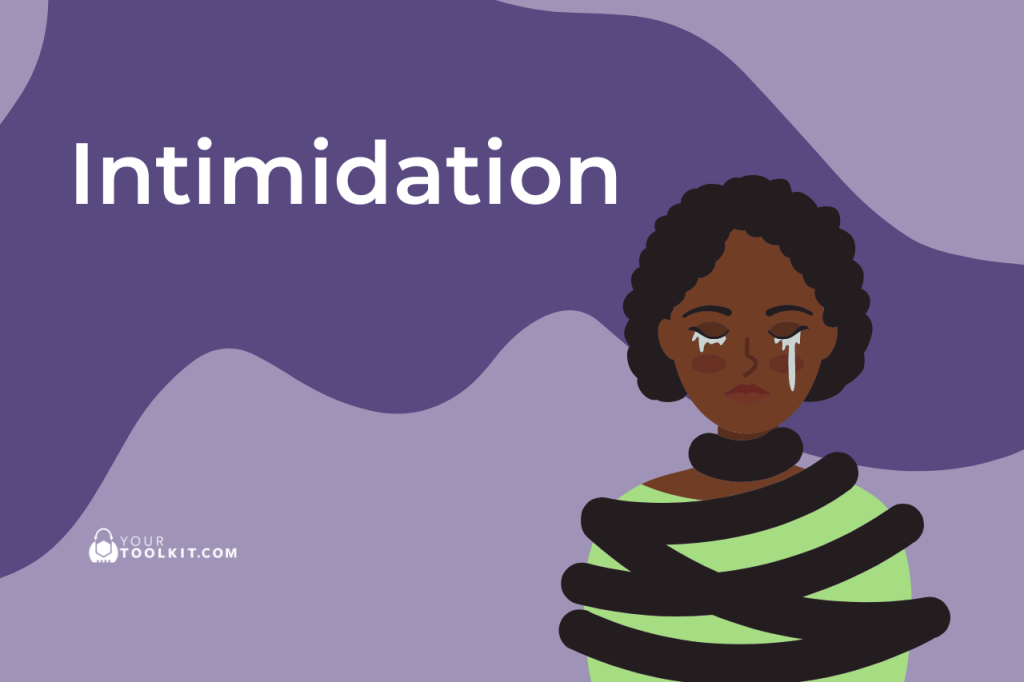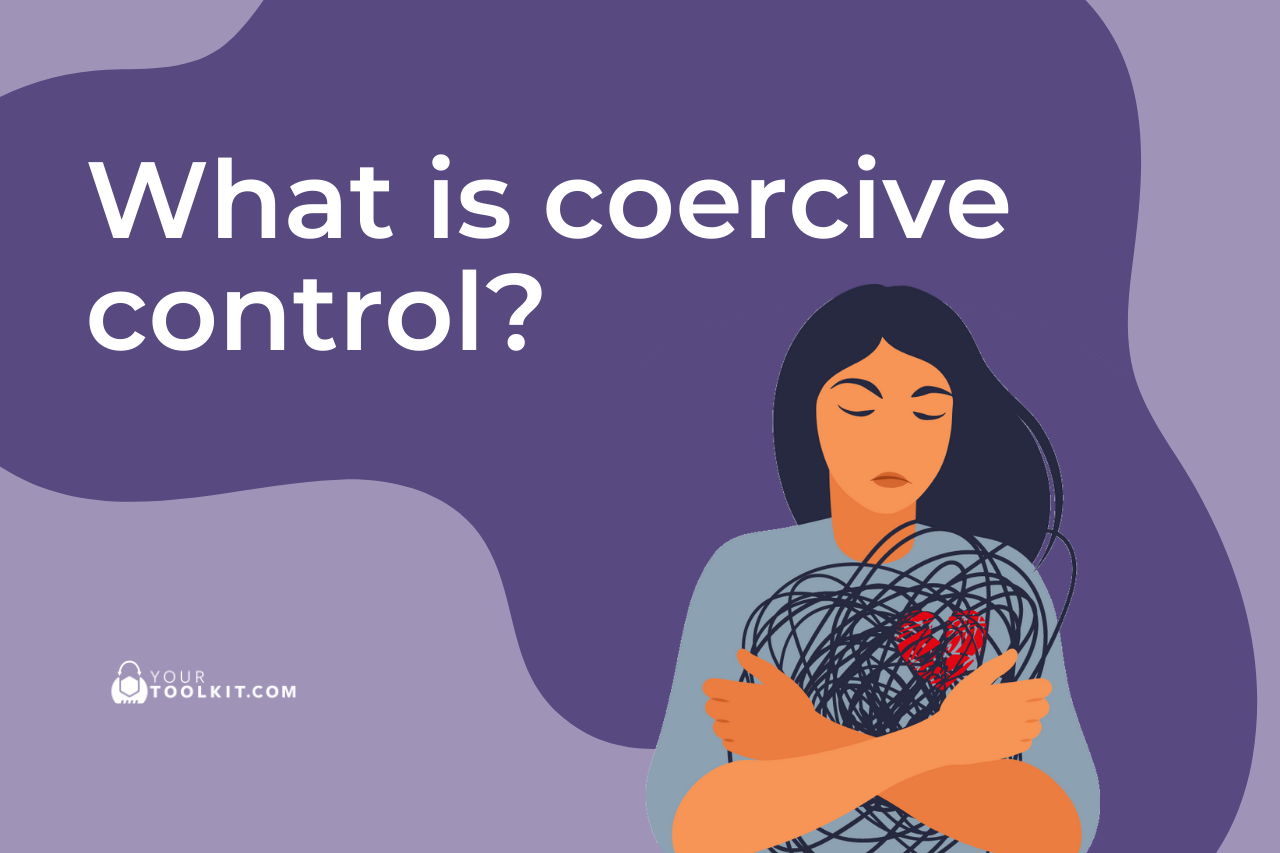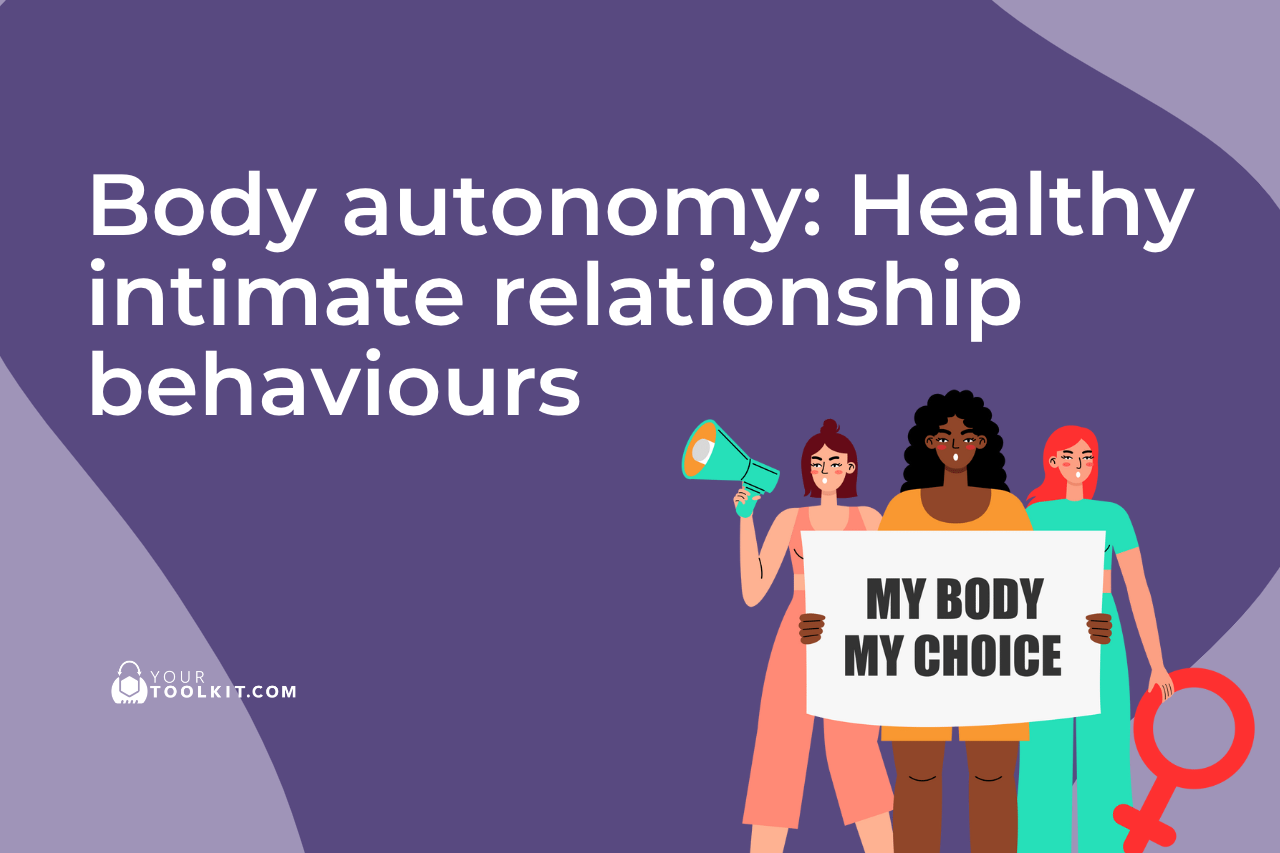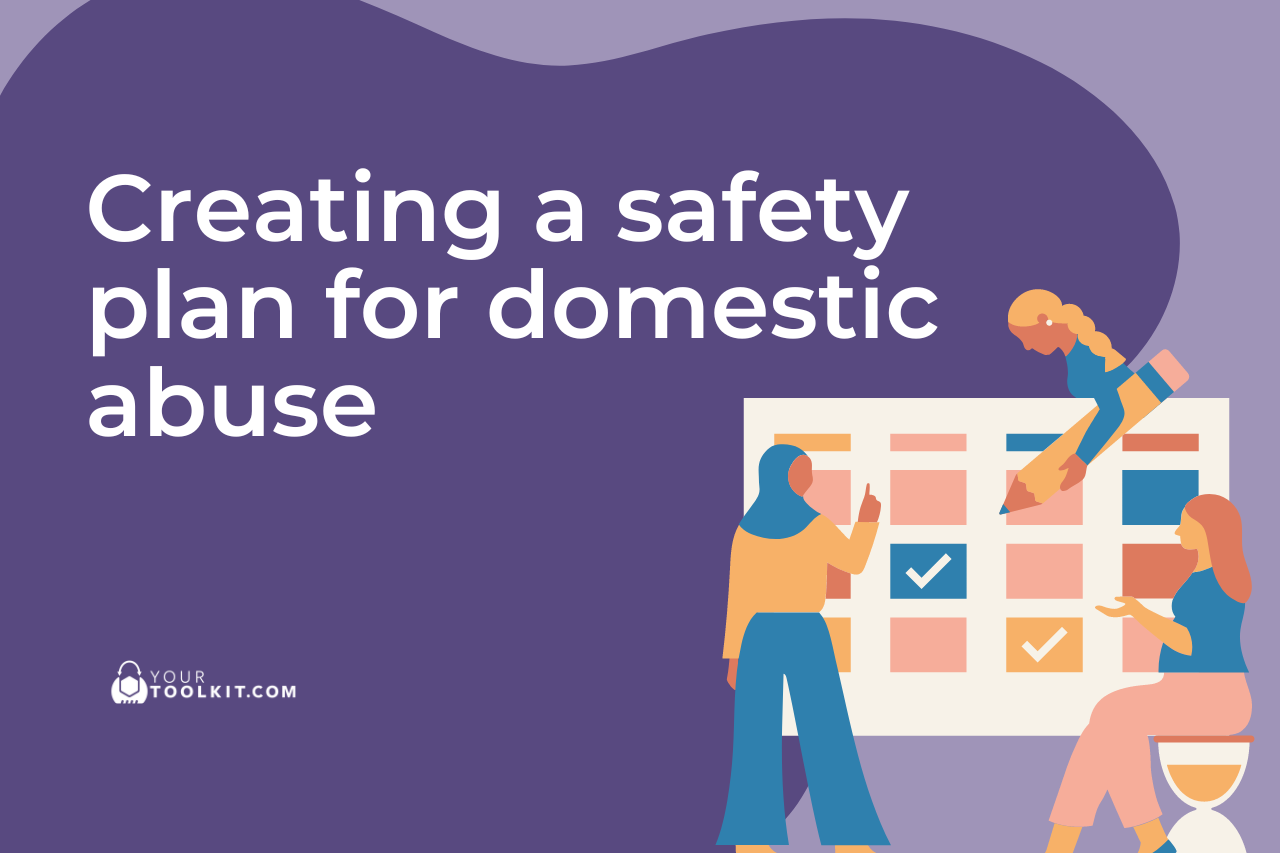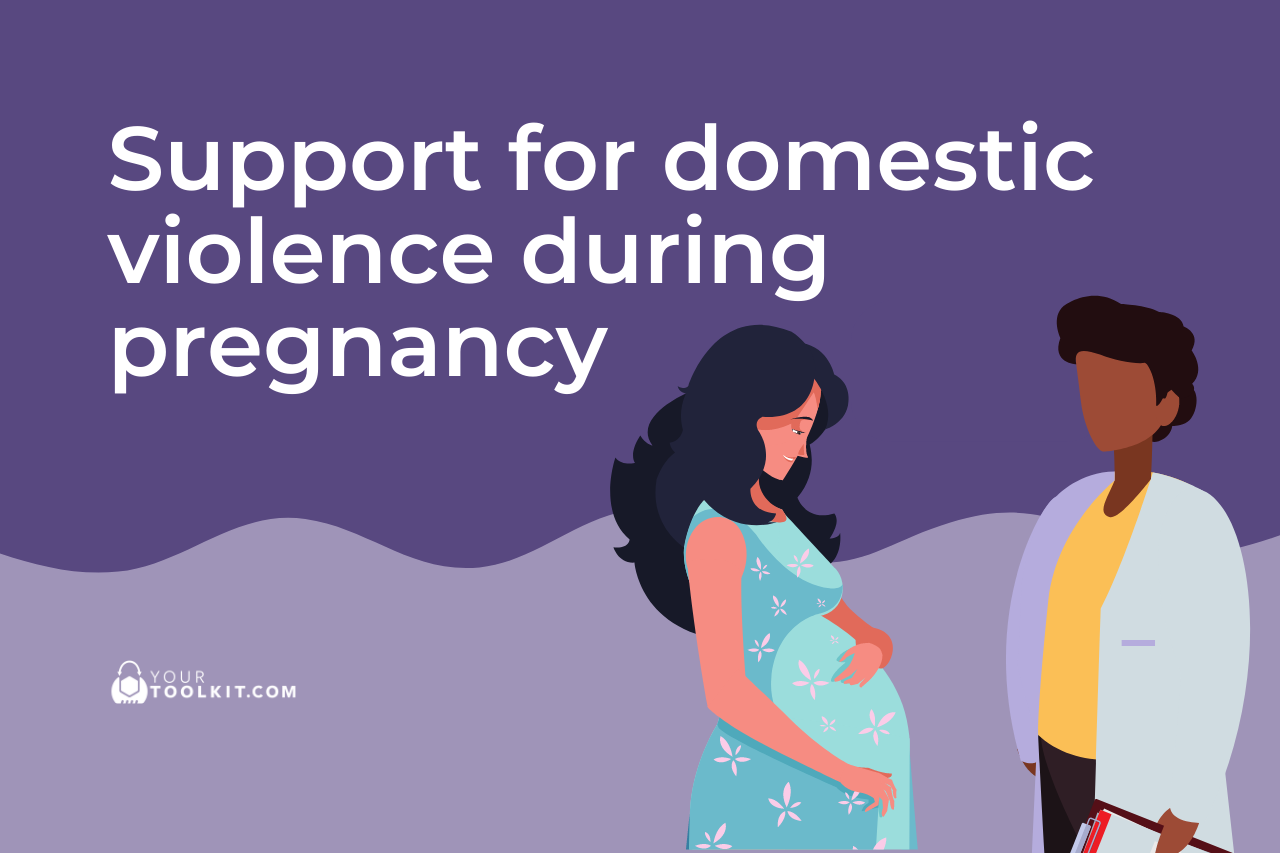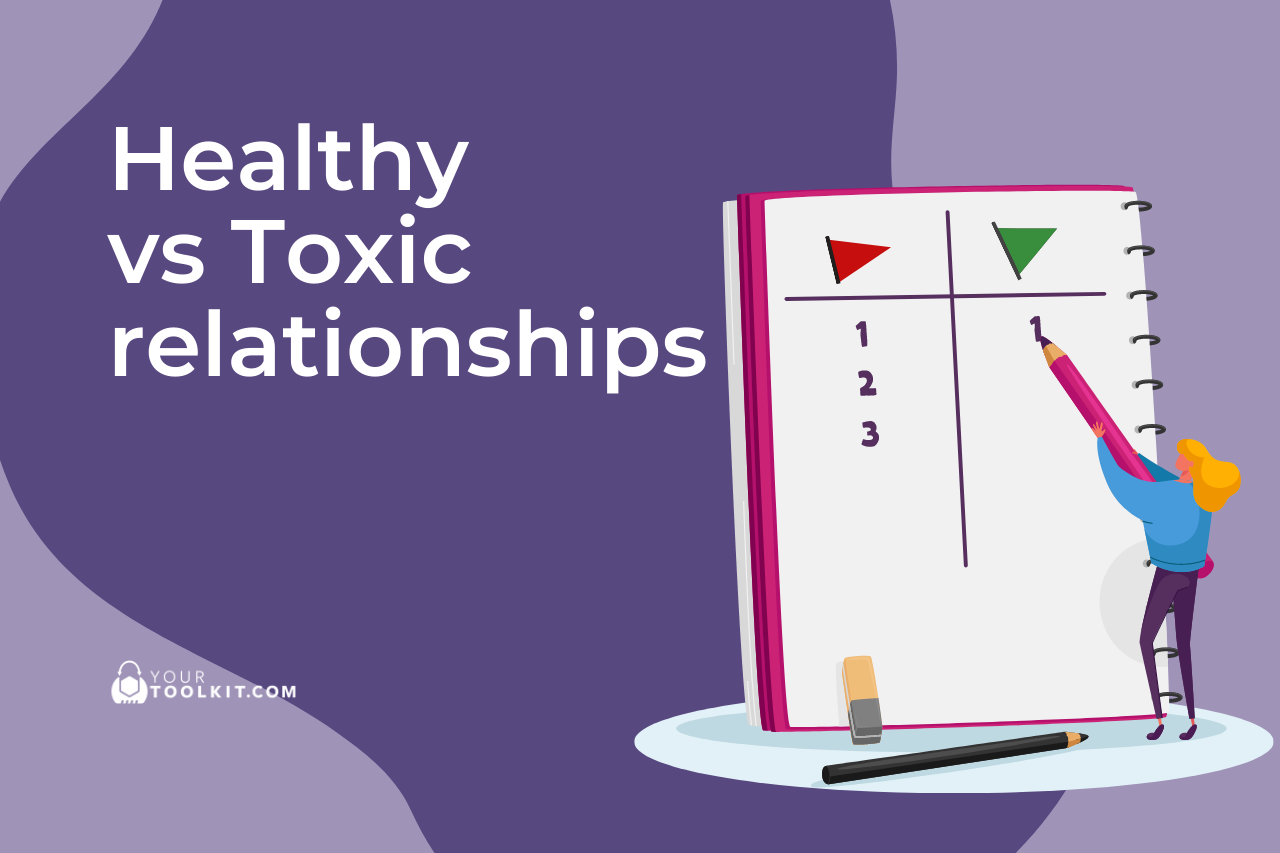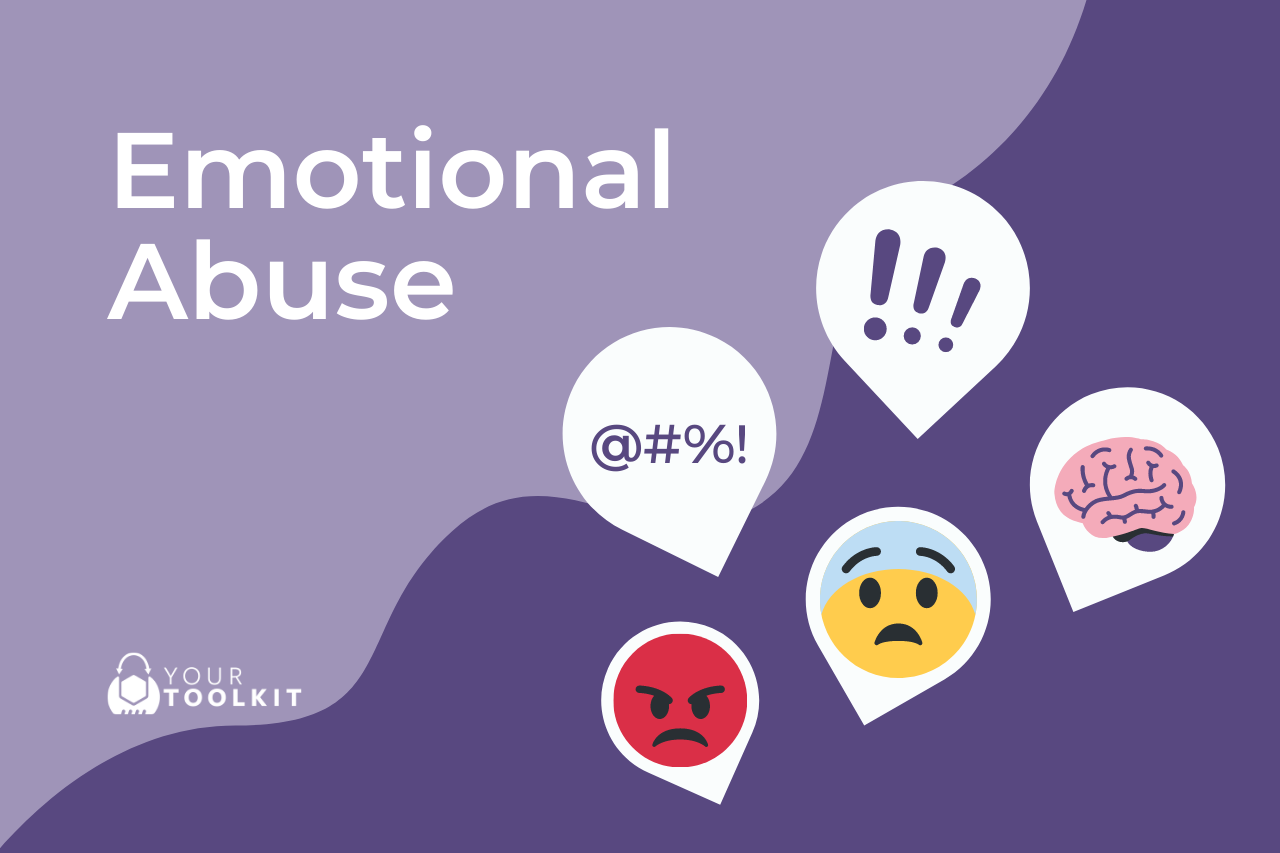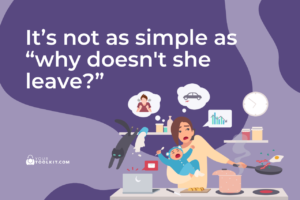Intimidation is a coercive control tactic using words, actions or implied threats to make you afraid. Intimidation may include technology-facilitated abuse to harass, watch, control, stalk or harm you. Victim survivors of intimidation can often suspect this form of abuse but lack strong evidence due to its hidden nature in some cases.
Intimidation as Abuse
Abusive partners may also use children, even if they are not the parent, as an intimidation tactic and make you believe that you will lose custody of your children if you leave the relationship.
Morgan is in her 20s’ and has been with her boyfriend, Cooper for a little over a year. On weekends, she loves to go out with her friends. On three different occasions, Cooper and his friends have turned up at the same places. Morgan is not sure it is a coincidence. She thinks he may have installed a tracking app on her phone and have unauthorised access to one of her social media accounts. She is worried about her privacy and how to tell Cooper his behaviour is not ok. He doesn’t like it when she speaks up.
Intimidation as Abuse
- Sending threatening emails
- Contacting you all the time using devices
- Posting inappropriate photos online
- Tracking your location
- Using private information learned in your relationship to access your accounts without permission
- Purposely turning up late to access visits with the children or refusing to bring them back on time
- Withdrawing 'privileges' including sex, intimacy, and physical touch when the victim survivor does ‘something wrong’ such as over-spending or cooking dinner incorrectly
- Being pressured to stay in a marriage or to put up with abuse because divorce is against your religion
- Stealing your identity and hacking into your devices
- Spreading false rumours, e.g. that you are having an affair or have a mental illness
- Alienating or interfering in relationships with your family and friends
- Forcing you to seek permission for essential things you need (e.g. feminine hygiene products, food)
- Intentionally destroying or damaging property to scare you into believing they will act on their threat to harm you
Find Support to Healthy Practices
Yourtoolkit.com offers a free step-by-step guide on personal safety, support services and money matters for people facing family and domestic violence. If you are experiencing physical abuse, you may find these website sections particularly helpful.
1. Prepare
2. Act Now

Crisis Care

Entry point WA

Women’s Domestic Violence Helpline
Resources
For further resources
and information:
- How to identify tech abuse
- Dealing with harassing calls, texts and messages
- Safely setting up and activating a mobile phone or other device
- Privacy and safety on Facebook: A guide for survivors of abuse
- Documentation tips for survivors of technology-facilitated abuse and stalking
- Four ways to identify stalking, including effective gathering of evidence
Learn more about coercive control behaviours, complete our Coercive Control Self Assessment

